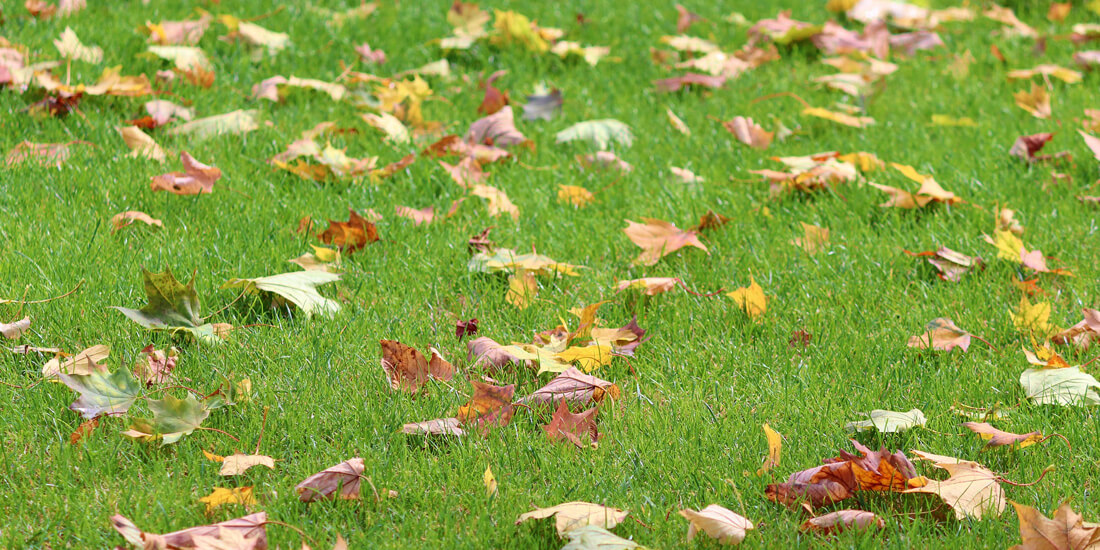7 Reasons to sow grass seed in autumn

As we begin to see the darker evenings come in and begin to feel a slight coolness in the air, we know autumn has arrived. But did you also know that September and October are great times to sow grass seed? Join us as we delve into why you should consider sowing grass seed in autumn.
Many people fear it is too cold for seed germination during autumn, but this is not the case in the UK. The recommended soil temperature for successful growth is 8-10 degrees (and above), a temperature that parts of South England will even see in November. So, keep reading our reasons to sow grass seed in autumn to give your lawn a headstart for next year!
Will Grass Seed Grow in October UK?
A common question we often read is, “Will grass seed grow in October in the UK?” the simple answer is yes, as long as the conditions are favourable! Sowing grass seed in September and October is fine as long as temperatures in your area are at least 8-10°C with no adverse conditions on your local weather forecast. Generally, in the UK, temperatures around this time of year are perfect for growing grass seed, and there will usually be a generous sprinkling of rainfall to do most of the watering for you for the first six weeks.
Tips for Sowing Grass Seed
Our Autumn Sowing Guide has more details on planting grass seeds at this time of the year, and our helpful How to sow grass seed video below applies to sowing grass seeds in spring, summer or autumn:
Sowing and overseeding in September and October
We’ve outlined below why you should act now and get sowing this autumn. Whether you need to maintain an existing lawn by overseeding or starting a fresh one by sowing a new lawn, you can get sowing and growing in September and October!
7 reasons to sow grass seed in autumn
-
- Better Conditions: Soil is much warmer; the air is cooler, and there is more rain. This provides better conditions for germination.
- Fewer Weeds: Weed seedlings are more rampant in spring, so your autumn-sown grass will have less competition as it establishes.
- Ahead of the game: You are ahead of the game for next season. This means there is no need to reseed in spring since you will have an already established lawn.
- Ready for summer: Sowing in autumn means your lawn will develop over winter when you use your garden less. Sowing in spring means your lawn will still be developing in summer, at a time when you want to make the most of your garden.
- Less water management: Spring sowing means you have to worry more about hot weather and water availability, as seeds need a constant supply. Cool autumn rain means less water management (and less work for you).
- Stronger established lawn by spring: Young grass plants have more time to grow and get healthy before next summer's stress comes. You are giving them a head start to be as strong as possible.
- Fewer greedy friends: There is a reduced risk of birds damaging seedbeds due to migration and the availability of other food during autumn and winter.
You can find out more using our guide How to Sow Grass Seed, and you can find helpful advice and tips for growing grass seed in our Help & Advice section and our Grass Seed FAQs.